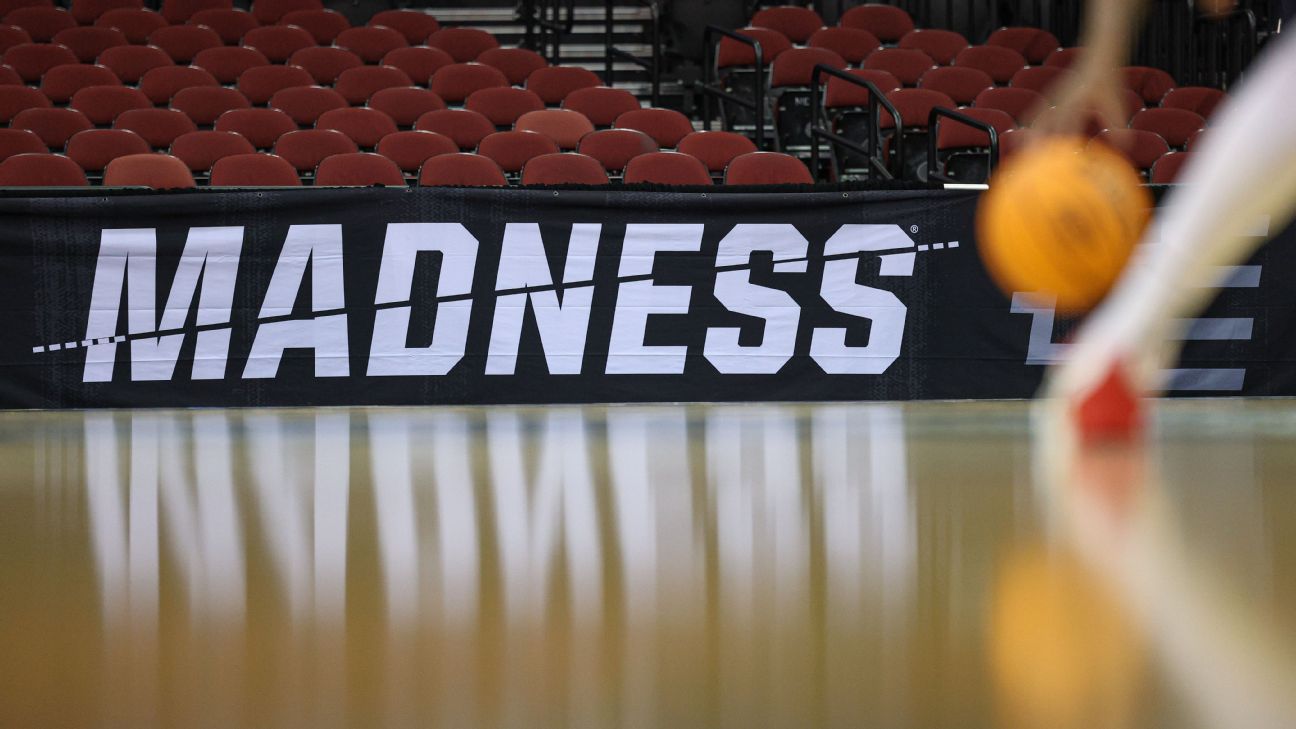
The prospect of expanding the NCAA Tournament, a topic often met with resistance from traditionalists, is gaining momentum. While purists may balk, a carefully considered expansion could be beneficial, especially in preserving the unity of Division I basketball. The last significant expansion occurred 40 years ago, when the tournament doubled from 32 to 64 teams. Since then, the landscape of college basketball has evolved dramatically, and the escalating pursuit of revenue threatens to fracture the sport into separate tournaments for elite programs and everyone else.
The NCAA is now considering expanding the tournament to either 72 or 76 teams, possibly as early as next season. This adjustment would likely involve preliminary rounds for some teams, given the organization's reluctance to alter the existing 64-team bracket and established schedule. Let's examine the potential implications of a larger field, particularly on the tournament bracket, and consider potential unforeseen consequences.
Echoes of the First Four
The introduction of the "First Four" in 2011 (men's tournament) and 2022 (women's tournament) serves as a cautionary tale. The addition of teams to the No. 16 seed line increased the likelihood of an upset, a prediction that proved accurate with historic wins by UMBC and Fairleigh Dickinson over No. 1 seeds.
Predicting the precise impact of this latest expansion is challenging, with several key questions remaining: How will the bracket be structured? Where will the byes be allocated? And how will the tournament's timing and geographical distribution be affected?
Who Benefits from More Bids?
The most fundamental question is: who will receive these additional tournament invitations? Assuming the number of automatic qualifiers (AQs) remains unchanged, and the team selection and seeding processes remain largely consistent, we can look at past seasons for clues.
Analyzing last year's bubble teams, expanding to 72 would have included teams like West Virginia, Indiana, Boise State, and Ohio State. Expanding further to 76 would have added Dayton, Wake Forest, UC Irvine, and SMU.
Notably, a significant portion of these potential additions come from outside the major conferences, a welcome sign for quality mid-major programs that have faced increasing competition for tournament bids.
Examining a broader sample, considering the highest-ranked (by NET) teams that were not selected during the pandemic, reveals the following distribution:
- ACC/Big East/Big Ten/Big 12/SEC: 24 bids (75%)
- All Other Conferences: 8 bids (25%)
While this breakdown still favors the power conferences, it represents a step in the right direction.
Constructing the Bracket
Determining the bracket structure is the most complex aspect of expansion. Currently, 60 of the 68 teams receive a "bye" into the main bracket of 64. With a 76-team field, this number would drop to 52.
One suggestion involves having the bottom 24 AQs compete for a spot in the final 64. However, a more plausible approach, given the tournament's history, would be a compromise. The most logical solution would be to designate three full seed lines (e.g., 10, 11, and 12), which often include a mix of stronger AQs and borderline at-large teams, for opening-round pairings.
Doubling the number of bids on these seed lines would create a 76-team field. These opening-round games could be scheduled as Tuesday-Wednesday tripleheaders, creating a compelling television product.
For example, using the 2025 tournament as a hypothetical, adding the next eight bubble teams to the bracket could result in the following opening-round matchups:
- 10-SEEDS: Arkansas vs. New Mexico; Vanderbilt vs. Utah; Texas vs. Xavier; San Diego State vs. Drake (AQ)
- 11-SEEDS: VCU (AQ) vs. North Carolina; West Virginia vs. Indiana; Boise State vs. Ohio State; UC San Diego (AQ) vs. Colorado State (AQ)
- 12-SEEDS: Dayton vs. Wake Forest; UC Irvine vs. SMU
This scenario includes four AQs, four pre-expansion at-large teams, and the eight new at-large teams.
Seeding Implications
The First Four was designed to evenly distribute opening-round games between lower-ranked AQs and at-large selections. Expansion, particularly to 76 teams, disrupts this balance. Instead of eight teams playing four opening-round games, 24 teams would be required to play 12 games. This presents a logistical challenge of fitting in extra games shortly after Selection Sunday while preserving the existing tournament calendar.
Scheduling Tuesday and Wednesday tripleheaders is the most practical solution. While this creates a tight turnaround for the Tuesday teams, only half of the opening-round participants would face this challenge.
Scheduling and Location Considerations
Maintaining the tournament's existing calendar is a high priority for the NCAA. While shifting the opening round back a day or two is possible, it could disrupt the traditional Thursday and Friday start of the first round.
A more likely long-term change would be to eliminate all conference championship games on Selection Sunday, allowing for an earlier Selection Show. This would provide additional travel and preparation time for the opening-round teams.
Dayton will continue to host its First Four games through the 2028 tournament. An additional opening-round site is needed to create a legitimate tournament atmosphere and provide bracket flexibility. This second site should be selected based on geographical considerations, minimizing travel for the opening-round winners. A location like Kansas City would be a logical choice.
While the expanded opening round required by 76 (or even 72) teams is not ideal, the alternative—a fractured sport without a unified NCAA Tournament—would be far worse.
Post a Comment for "NCAA Tournament Expansion: The Logistics"